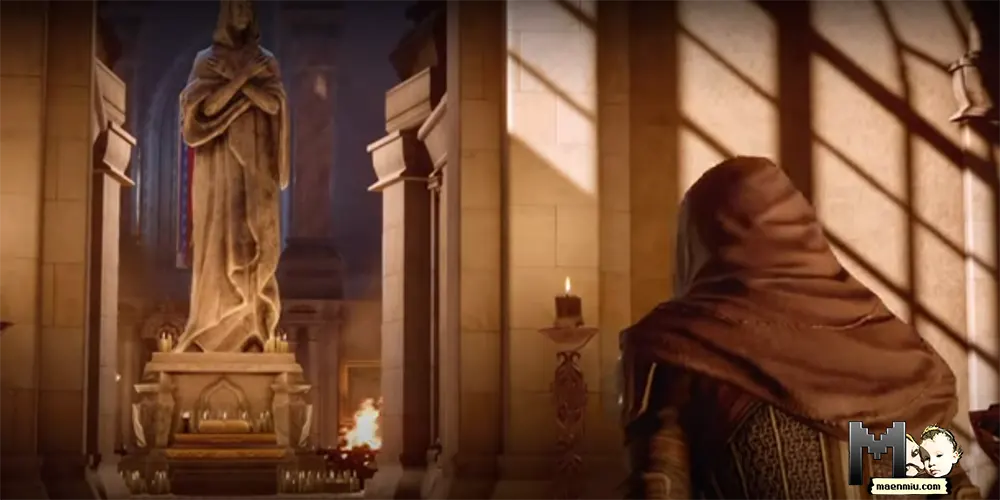
In the world of Dragon Age, an action role-playing video game series developed by BioWare, intricate narratives are woven with an underpinning of sociopolitical and cultural themes. One of the central elements that stand out is the exploration of religion, particularly through the prism of the Chantry. This organization displays striking similarities to real-world religions, weaving a complex narrative of faith, dogmatism, and institutional corruption.
You might like

The Chantry and Its Christian Parallels
The Chantry exhibits an uncanny resemblance to Christianity, especially the Catholic Church. It follows a strict hierarchy, akin to the Catholic structure, with the Divine at the top followed by Grand Clerics, Mothers, and Sisters. This system is reminiscent of the Pope, Cardinals, and Bishops in Catholicism.
Furthermore, the Chantry’s reliance on the “The Chant of Light,” their holy book, mirrors Christianity’s reverence for the Bible. These sacred texts form the bedrock of belief systems and provide the ethical and moral guidelines for their followers.
Resonance with Islam: The Chantry’s Schism
Beyond Christianity, there are aspects of the Chantry that mirror Islam, especially in terms of the schism observed within its followers. The division within the Chantry between the Tevinter Imperium’s interpretation and the version followed by the rest of Thedas draws a parallel to the split between Sunni and Shia Islam. This ideological divergence has profound implications on the socio-political and cultural landscape in both contexts.
Interplay of Faith and Corruption within the Chantry
The Dragon Age series uses these real-world resonances to delve deeper into faith, dogmatism, and institutional corruption. Despite being a pillar of faith for many, the Chantry is plagued by the struggle to maintain its religious ideals amidst the threat of corruption.
Characters such as Leliana and Cassandra personify this struggle. Their faith is tested by the actions and choices of the institution they hold dear, illustrating the tension between personal belief and institutional doctrine.
The Chantry’s Fear of Magic: An Echo of Historical Persecution
Dogmatism within the Chantry is distinctly observed in their treatment of mages. Fear and mistrust of magic lead to the creation of the Circle of Magi and the Templars, tasked with controlling mages. This systemic control and fear-induced subjugation parallel historical instances of persecution and control by religious institutions.
Uplifting Aspects of the Chantry: Faith, Hope, and Community
Notwithstanding its flaws, the Chantry embodies the power of faith, hope, and community, mirroring the positive aspects of real-world religions. The institution’s charitable works and the solace it provides in times of despair demonstrate the potential of religious institutions to uplift and unify.
The Chantry as a Reflection of Real-World Dynamics
In summary, the Chantry provides a fascinating mirror to real-world religious dynamics. It paints a vivid picture of the dual potential of religious institutions – their ability to uplift and oppress. The Dragon Age series leverages this complex institution to facilitate meaningful conversations about faith, power, corruption, and redemption, making it not just a remarkable game series, but also a platform for philosophical contemplation.
I created this article with the partial assistance of an AI tool. Learn about my view on AI and why I’m telling you about it.





















